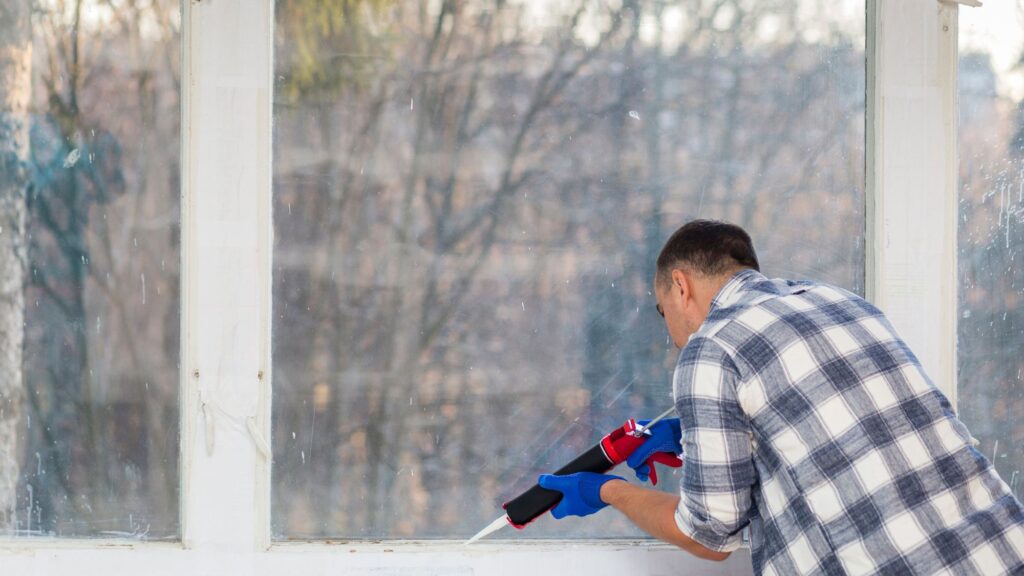How to Upgrade Cooling System to Save Energy and Money?
While the initial perception might be that upgrading to an energy-efficient cooling system is both costly and inconvenient, a closer examination reveals numerous benefits that extend beyond financial savings. Delving into the advantages of this switch can highlight positive impacts on energy consumption, environmental welfare, and monthly utility bills.
Neglecting to adopt an energy-efficient cooling system can lead to substantial consequences. Not only do energy costs escalate, but the environment also bears the brunt through an amplified carbon footprint. Ageing cooling system, lacking efficiency, struggle to cool homes while consuming excessive energy, resulting in both financial burdens and environmental harm.
Additionally, the absence of an energy-efficient system heightens the risk of system failures and frequent repairs, compounding expenses beyond energy bills. The solution to these challenges lies in transitioning to an energy-efficient cooling system. Exploring options like air con recharge underscores the diversity of choices available for both functionality and aesthetics, enhancing the overall appeal and efficiency of home cooling solutions.
Optimal Ventilation for cooling system:
Ensure the unrestricted flow of air by keeping vents clean and accessible throughout your home. Regular vacuuming of vents contributes to cleaner indoor air quality. Create unobstructed airflow pathways by moving furniture, curtains, and other items. This practice not only fosters a healthier living environment but also provides a respite for your heating and cooling system.
By allowing efficient airflow, you enhance the overall performance of your home’s ventilation, contributing to a more comfortable and energy-efficient living space. Prioritise maintaining unblocked vents as a simple yet impactful measure to optimise indoor air circulation and the efficiency of your heating and cooling system.
Minimise Heat Sources:
Optimise your home’s cooling efficiency in summer by reducing the usage of heat-producing items like lamps, dryers, and ovens during the hottest periods of the day. Furthermore, strategically place these heat-producing appliances away from your thermostat’s location. The thermostat plays a crucial role in signalling your HVAC system and initiating air conditioning when indoor temperatures rise.
By minimising the artificial increase in indoor temperatures, you alleviate the strain on your air conditioning unit, ensuring it operates effectively without unnecessary energy consumption. This simple adjustment not only promotes a cooler home but also contributes to energy savings during the warmer months.
Effective Home Sealing:
Ensure the thorough sealing of your home to prevent the uncontrolled flow of hot or cold air. Unsealed gaps permit the intrusion of external temperatures, compromising your desired indoor climate. Adding, leaks result in the wasteful escape of heated or cooled air, squandering the energy you’ve invested in maintaining comfort.

By addressing and sealing these points of vulnerability, you not only enhance your home’s insulation but also maximise the efficiency of your heating and cooling system, creating a more energy-efficient and comfortable living space.
Air Filter Maintenance:
Ensure peak performance from your system by regularly maintaining your air filters. Dirty filters force your heating or cooling system to exert more effort for the same output. To sustain efficiency, experts advise replacing or cleaning your air filters approximately once a month, with increased frequency during summer and winter when systems typically operate more frequently.
This simple upkeep not only prolongs the lifespan of your unit but also contributes to energy efficiency, ensuring that your home remains comfortably heated or cooled without unnecessary strain on the system. Prioritise air filter care for consistent and efficient climate control year-round.
Upgrade to Smart Thermostats:
Embrace the advantages of smart thermostats for greater authority over your home’s heating and cooling system. With remote accessibility, these devices empower you to manage temperature settings from anywhere. Create automated climate cycles, allowing for precise control over your home’s environment and a reduction in energy consumption.
The user-friendly features of smart thermostats not only enhance convenience but also contribute to a more energy-efficient and cost-effective approach to climate control. Elevate your home’s comfort and efficiency by integrating smart technology innovations, providing personalised and adaptable temperature management for a more sustainable and comfortable living space.
Optimising Energy Efficiency:
Efficiently managing your air conditioner temperature is crucial for both energy conservation and operational effectiveness. During the warmer months, adhering to ASHRAE guidelines suggests setting temperatures between 22ºC and 27ºC (72ºF-80ºF) to strike a balance between comfort and energy efficiency.
In colder seasons, adjusting the AC temperature to approximately 20ºC to 23ºC (68ºF-74ºF) alleviates strain on the system and minimises energy consumption while ensuring indoor comfort. It’s essential to consider regional variations, as recommended standards may differ based on geographical factors. This strategic approach to temperature regulation contributes to a more sustainable and cost-effective cooling solution for your home.
Optimising Physical Factors:
In the pursuit of energy savings, acknowledging the impact of physical factors in your environment proves pivotal. Elements like humidity levels, strategic furniture arrangement, window shading, and insulation investments wield substantial influence in alleviating the workload on your air conditioner.
Proactively addressing these physical factors not only maximises energy efficiency but also augments the overall performance of your AC system. By adopting a holistic approach that integrates these considerations, you create a more conducive environment for energy savings, promoting a harmonious balance between comfort and sustainable cooling practices.






